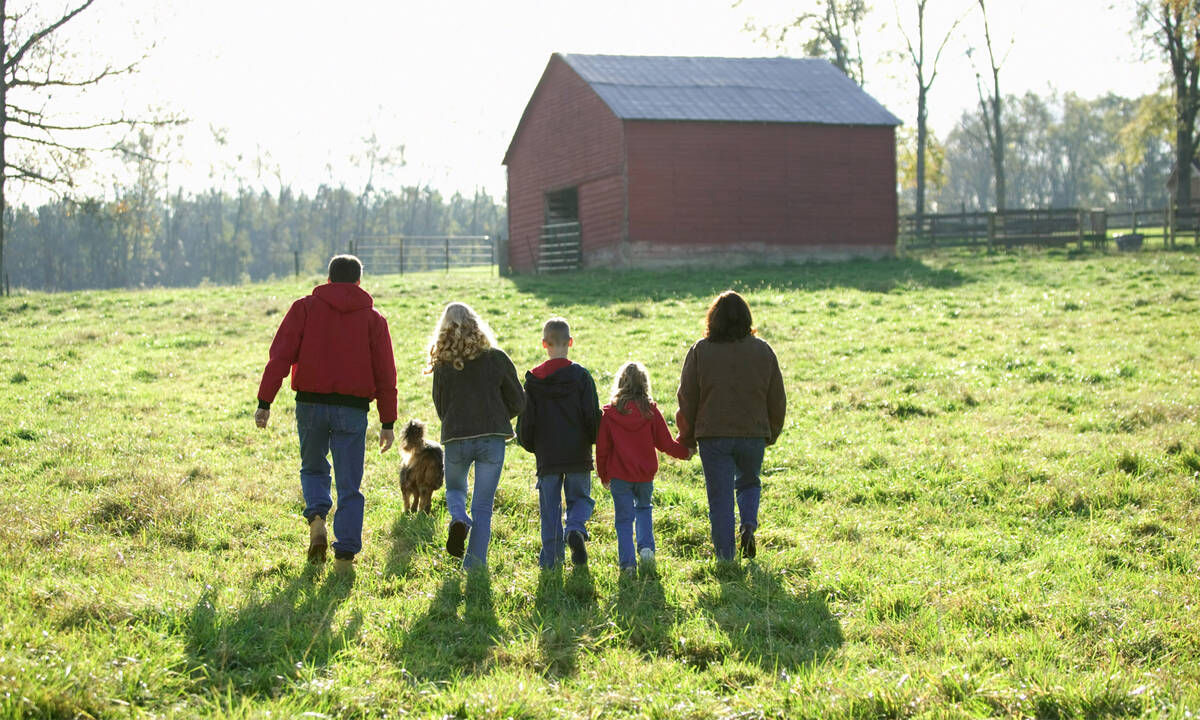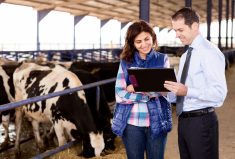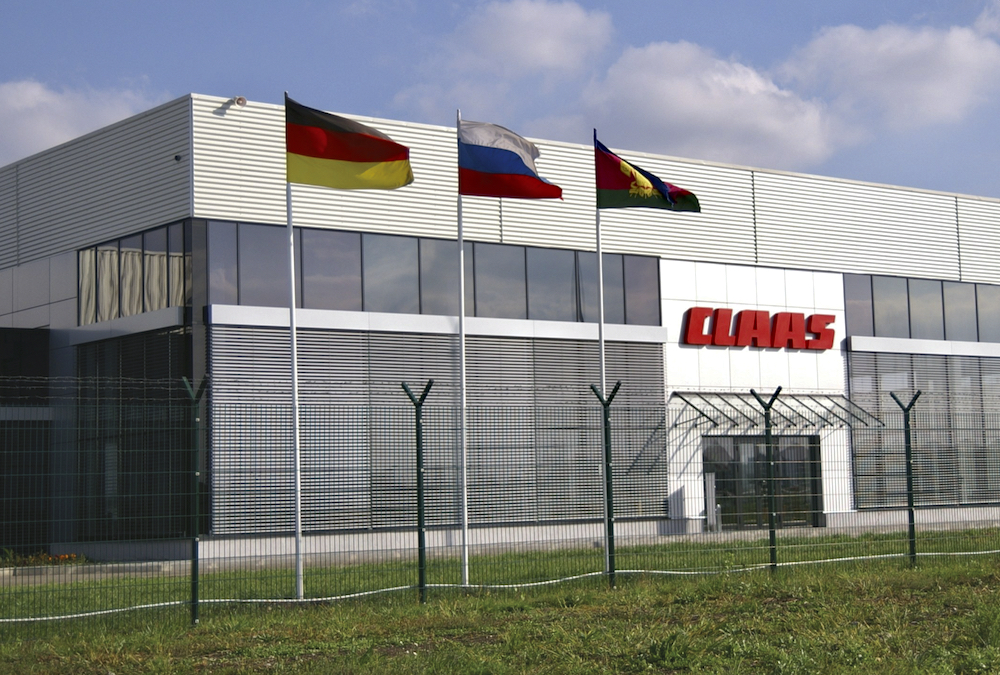Farmers are accustomed to roller-coaster years.
But the current geopolitical windstorm is something else entirely.
On his cattle operation near Birtle, Man., Tyler Fulton is making good use of livestock price insurance and has filed his annual application for AgriStability, a margin-based, federal business risk management (BRM) program that helps Canadian producers manage large income declines. He has seen growing interest in these programs from livestock producers this year as a result of the increased market risk in the sector, which is heavily integrated with the U.S. beef industry.
Read Also

Tips for how to be fair to all siblings during farm succession
family walking through a field
“It doesn’t matter whether or not tariffs actually happen, the uncertainty remains,” says Fulton, who is also president of the Canadian Cattle Association. “We have moved to a new level of understanding of the importance of risk management across all of Canadian agriculture because we are so reliant on export markets.”
Some producers, however, aren’t certain that farm risk management programs are robust enough, especially for farmers who are highly reliant on export markets.
“If this is the new world we are going into, if we are going away from free and open trade, then all these sectors relying on exports need better income assurance programs that provide adequate coverage and can react fast enough,” says Jason Erskine, a Quebec dairy producer and director with Les Producteurs de Lait du Québec (Dairy Producers of Quebec) and the Union des producteurs agricoles (Quebec’s farmers’ union).
“If you leave farmers too long without help you are going to burn the next generation, or the current generation, from doing the investments that they maybe would have done otherwise,” he says.
Many farm groups have been advocating for BRM tools that are bankable, predictable and functional.
“This is paramount for farmers to ensure they can plant with confidence,” says Delaney Ross Burtnack, executive director of the Manitoba Canola Growers Association (MCGA). “The challenges that they are facing right now is why organizations like MCGA exist: to support farmers when they need to come together as one voice to influence these complex issues.”
Insurance has become a strategic tool
While the first line of defence is often government-backed BRM programs, there are also various private insurance options.
“We have certainly seen a renewed focus on the overall risk profile landscape for some of our farm customers,” says Ryan Johnston, vice-president National Practice Leader, Agriculture, at BFL CANADA. “We are noticing a unique change in viewpoint where insurance has become a strategic tool versus just a cost centre.”
It’s a shift that isn’t just driven by the current trade situation, but one that has been gathering momentum as farms become larger and the value of their operations increases.
“Farmers are becoming more sophisticated in their understanding of how insurance can provide adequate protection as they expand and grow,” Johnston says. “But they need to also understand how the insurance terms and conditions apply. ‘If this were to happen to my elevator or my dairy barn, how would the policy apply?’ Walking through those live scenarios with your insurance professional can be beneficial to understand ‘we’d be okay if that happened’, or ‘this would be catastrophic to our business’.”
The risk of overextending in a volatile market
Financial clarity and sound management also become increasingly important when there is more risk.
“We have the ability to mitigate some of the risk, but with the political uncertainty that is happening around the world right now, being a little bit diverse, and not overextending if you can help it, are also important,” says Kevin Auch, a grain, oilseeds and pulse grower from Carmangay, Alta.
“Try to keep some cash reserve or some ability to absorb some of these market shocks that we are seeing.”
What about investment decisions?
Against this backdrop of extreme uncertainty, Canadian farmers are adopting a new growth strategy of strategic self-reliance, says Yves Millette, CEO of Farm Business Consultants (FBC), which offers accounting and tax services across Canada to various sectors, including agriculture.
What does that mean? For starters, farmers are going to think long and hard about where and how they make the most efficient use of their capital.
“There are risk management programs, but cash-flow management becomes really important,” says Millette. “Things like big equipment purchases, we’re not going to see that, but what we will see is used equipment purchases and more repairs. There is self-discipline around all of that, and when you are in a business that is already squeezed and cyclical, and there is increased risk — which tariffs create — you need to be more conservative financially.”
At the same time, farmers are going to be looking for ways to get a higher return on their investments.
“They are going to delay with just plain old growth investment and be more focused on projects and investments that have a high return on investment potential,” Millette says.
Being self-reliant, though, doesn’t mean that farmers are alone in figuring out how to weather these turbulent times. Perhaps more than ever, this is the time to seek out some external expert advice.
“Farmers are extremely sophisticated and one of the biggest risk takers in our economy, and they have to manage all these things,” Millette says. “They are largely self-reliant but there are people that have expertise in planning, succession and financial matters that they can and should access.”
















